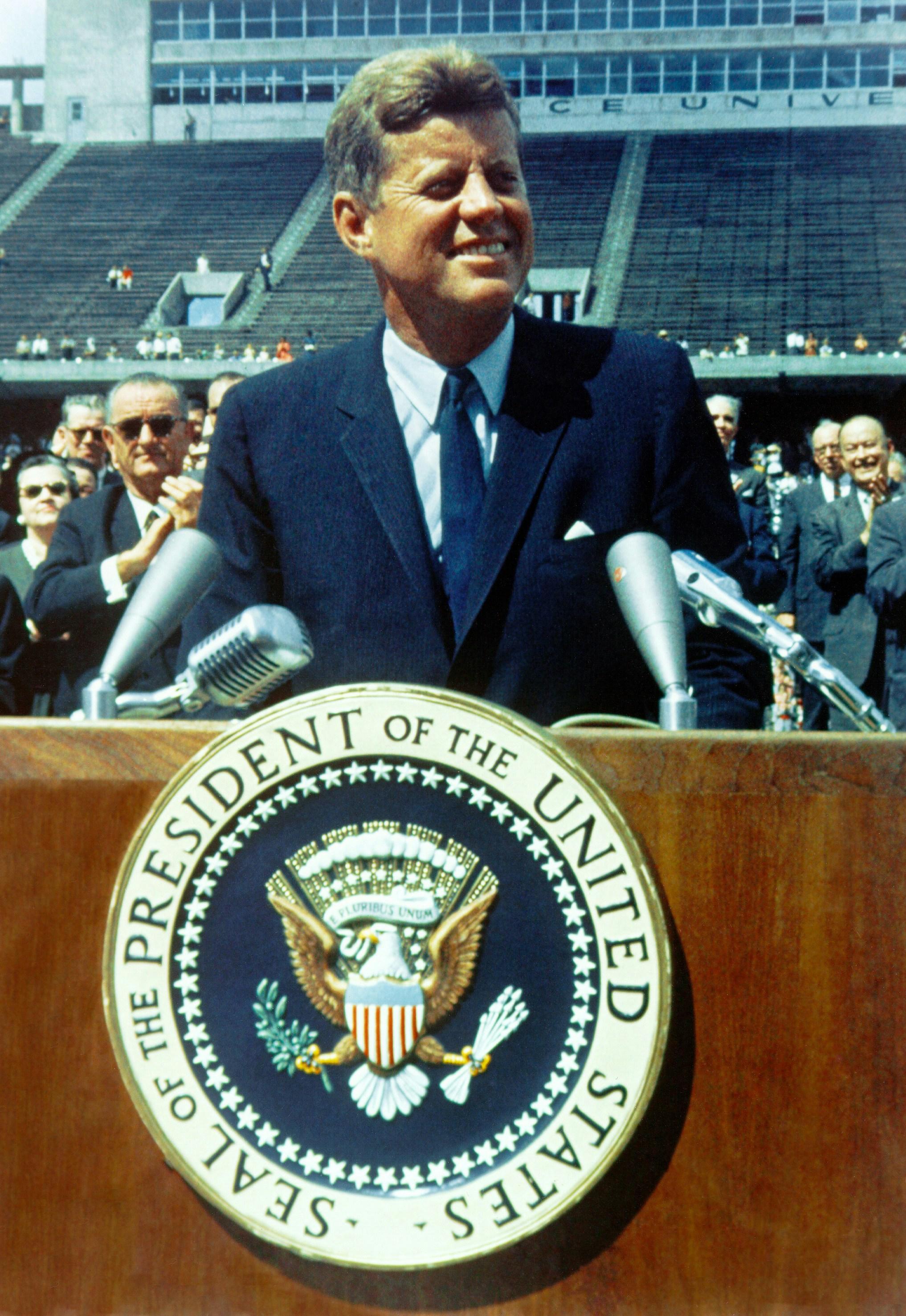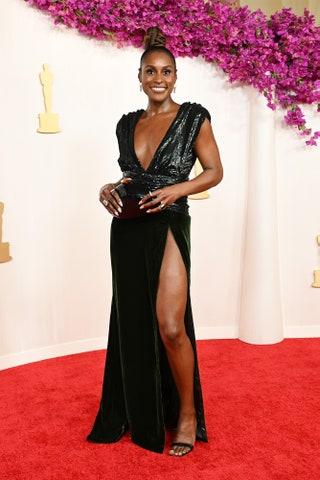The Academy Awards, more commonly known as the Oscars, have long been a cornerstone of cinematic celebration, recognizing excellence in film since their inception in 1929. Over the decades, this prestigious event has not only honored outstanding achievements in filmmaking but has also served as a reflection of cultural shifts and societal values. As we delve into the most memorable moments in Oscar history, this retrospective aims to analyze the defining events that have transcended the ceremony itself, leaving indelible marks on both the film industry and the broader cultural landscape. From groundbreaking wins and poignant speeches to unexpected controversies and historic milestones, each moment encapsulates a unique narrative that continues to resonate with audiences worldwide. Through this exploration, we seek to understand the significance of these moments and their lasting impact on the Oscars as an institution.
Iconic Acceptance Speeches and Their Lasting Impact
- Sally Field (1985): With her heartfelt declaration, “You like me, right now, you like me!” Sally Field’s acceptance speech for Best Actress became an enduring symbol of genuine emotion. Her candid expression of vulnerability and validation struck a chord, highlighting the personal triumph behind every golden statue. Field’s words have since transcended the confines of the awards stage, often quoted in various contexts to express authentic moments of recognition and approval.
- Hattie McDaniel (1940): As the first African American to win an Oscar, Hattie McDaniel’s speech was not just a personal victory but a significant milestone in Hollywood’s history. Her gracious acceptance, delivered with dignity in the face of adversity, paved the way for future generations of actors of color. McDaniel’s speech underscored the power of representation and the slow yet pivotal shift towards inclusivity in the film industry.
- Viola Davis (2017): Viola Davis’s acceptance speech for her role in “Fences” was a poignant tribute to the untold stories of ordinary people. Her powerful words about exhuming the lives of the marginalized resonated deeply, emphasizing the role of art in giving voice to the voiceless. Davis’s eloquence and passion highlighted the transformative potential of storytelling, leaving an indelible mark on the audience and setting a standard for future speeches.

Unexpected Wins and Controversial Decisions in Oscar History
Throughout the illustrious history of the Academy Awards, there have been numerous instances where the outcomes left audiences both surprised and divided. One of the most unexpected wins came in 1999 when “Shakespeare in Love” took home the Best Picture award, beating out the heavily favored “Saving Private Ryan.” Many critics and fans alike felt that the latter, with its gritty depiction of World War II, was more deserving. This decision sparked widespread debate about the influence of aggressive marketing campaigns and lobbying within the Academy.
Equally memorable are the controversial decisions that have peppered Oscar history, such as the 2006 Best Picture award going to “Crash” over “Brokeback Mountain.” The latter was considered a groundbreaking film for its portrayal of a same-sex relationship, and its loss was seen by many as a snub, reflecting deeper societal tensions around LGBTQ+ representation. These moments, among others, highlight how the Oscars are not just about celebrating cinematic achievements but also about navigating the complex interplay of art, culture, and politics.
- 1968: A tie for Best Actress between Katharine Hepburn and Barbra Streisand.
- 2017: The infamous envelope mix-up, initially announcing “La La Land” as Best Picture instead of “Moonlight.”
- 1995: “Forrest Gump” winning over “Pulp Fiction” and “The Shawshank Redemption.”

Fashion Statements That Defined the Red Carpet Experience
- Audrey Hepburn’s Timeless Elegance (1954): Hepburn’s white floral Givenchy gown from the 1954 Oscars remains an enduring symbol of classic Hollywood glamour. Its intricate lace details and delicate silhouette set a new standard for red carpet fashion, making her an icon of understated elegance.
- Cher’s Daring Bob Mackie Ensemble (1986): In stark contrast, Cher’s bold 1986 look, featuring a midriff-baring, bejeweled Bob Mackie creation complete with a towering feathered headdress, redefined the limits of red carpet attire. Her fearless choice underscored a shift towards personal expression and avant-garde style in the Oscars’ fashion landscape.
- Björk’s Swan Dress (2001): Björk’s infamous swan dress, designed by Marjan Pejoski, was a moment of whimsical eccentricity that challenged traditional red carpet norms. While polarizing, it underscored the red carpet’s role as a platform for artistic expression, sparking conversation and controversy.
- Lupita Nyong’o’s Nairobi Blue Prada (2014): Lupita Nyong’o’s ethereal gown, in a shade she dubbed “Nairobi Blue,” was a breathtaking moment that captured the imagination of the world. The flowing design and striking color highlighted her radiant beauty and marked a significant moment in the celebration of diversity on the red carpet.

Evolution of the Ceremony: Technological Advances and Innovations
Over the decades, the Oscars have embraced a myriad of technological advancements, reshaping the way audiences experience the grandeur of the ceremony. From the early days of radio broadcasts to the high-definition live streams of today, each technological leap has added a new dimension to the event’s allure. The introduction of color television in the 1960s brought a vibrant new life to the ceremonies, allowing viewers to appreciate the intricate details of the star-studded ensembles. As satellite technology developed, the awards became accessible to a global audience, expanding its influence and appeal worldwide.
- Digital Voting Systems: Replacing paper ballots, these systems have streamlined the voting process, ensuring accuracy and efficiency in determining winners.
- Augmented Reality (AR): Recent ceremonies have experimented with AR to enhance stage presentations, creating immersive experiences for both attendees and viewers at home.
- Social Media Integration: Platforms like Twitter and Instagram have transformed audience engagement, allowing real-time interaction and commentary, making the Oscars more interactive than ever before.
These innovations have not only modernized the ceremony but have also set new standards for live event broadcasting, demonstrating the Oscars’ ability to adapt and remain relevant in an ever-evolving digital landscape.
